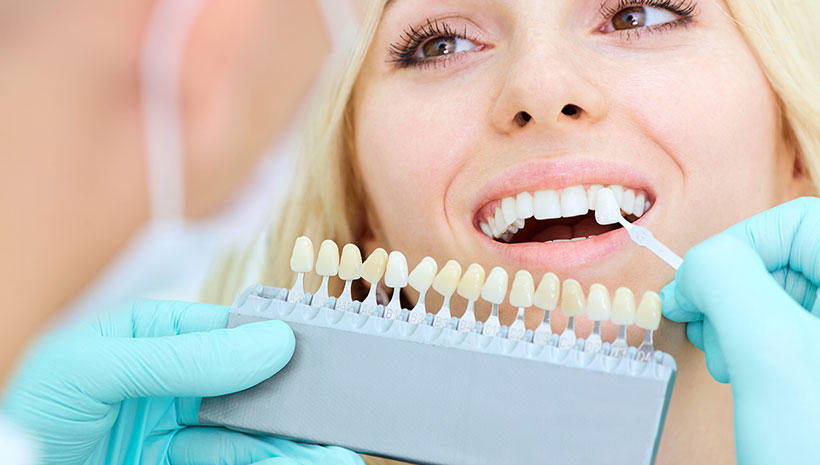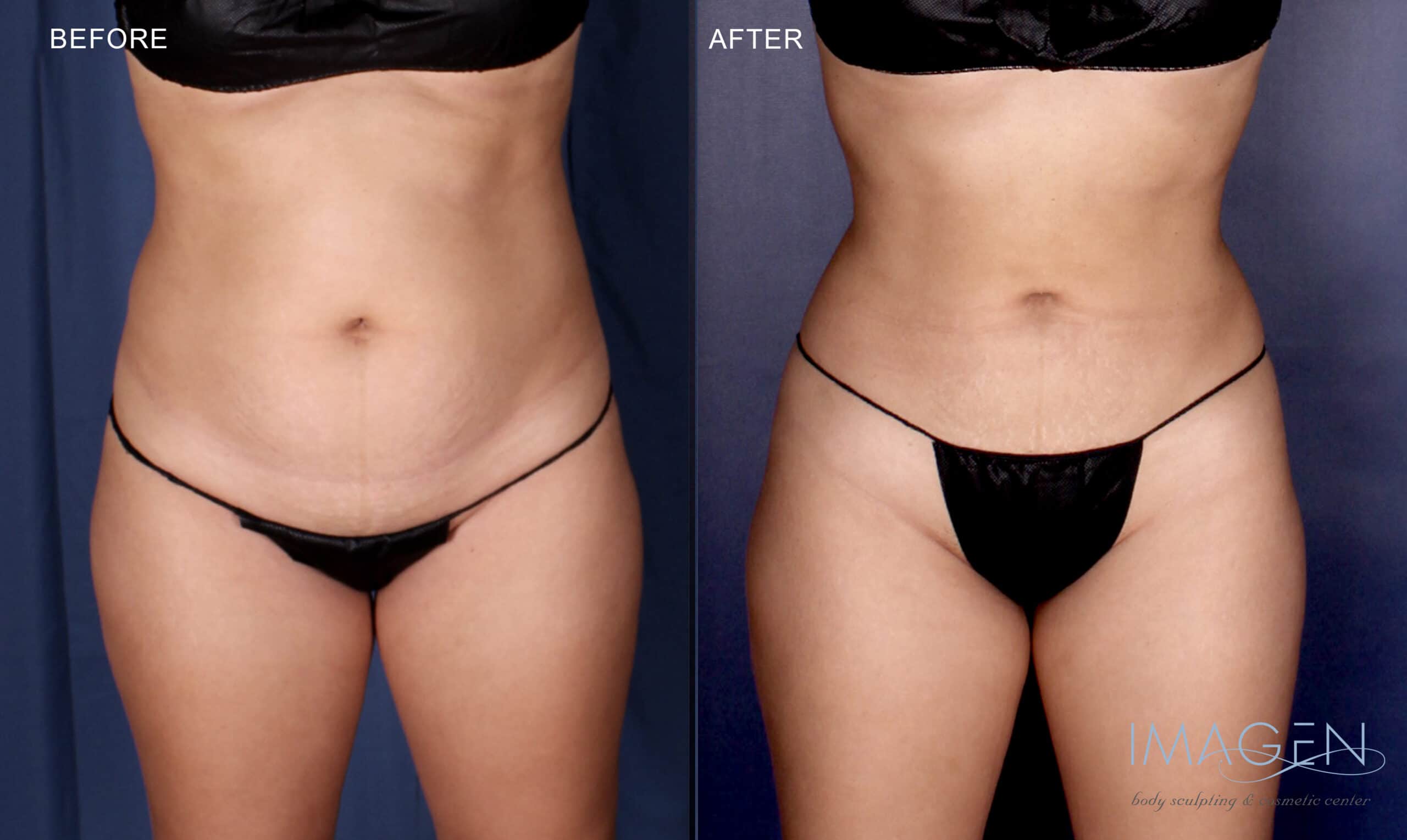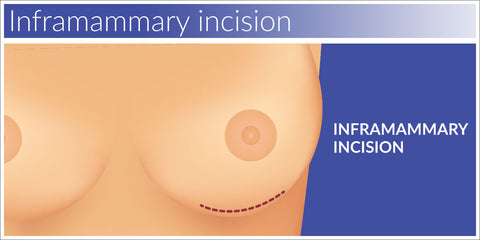
If you are bleeding after breast augmentation, there are some simple steps you can take to get your hematoma treated. First, you should see your surgeon. They can use a draining technique to drain the blood pooling and minimize pain and swelling. They can then administer a blood thinner in order to stop further blood loss.
Hematoma
It is rare to see hematomas after breast augmentation. It is difficult to pinpoint the cause, but it has been suggested that the hematoma may be caused by a polyurethane implant and friction forces between prosthesis surface (and surrounding tissue). Ibrahim et al. Willens and colleagues reported late hematoma cases in women who underwent bilateral submuscular silicone breast augmentation. Cases of late bleeding were reported nine to 38 year after breast augmentation.
The condition can be bothersome, but it's not serious and usually goes away on its own. The best ways to manage hematoma are to avoid strenuous activity, sleep on your side, eat healthy foods, and use an ice pack. In severe cases, a second surgery may be necessary to drain the hematoma.

Seroma
Symptoms of seroma bleeding after breast augmentation may include pain, swelling, and discharge. These symptoms often appear between seven and 10 days after surgery. Seromas that aren't treated promptly will disintegrate within a few weeks. But larger seromas could take up to a whole year. Surgery may be necessary in extreme cases to remove the seroma. You can treat your symptoms at the home.
A disruption in the blood supply can lead to seroma formation. This causes tissue loss known as necrosis. There are many surgical options that can cause seroma bleeding at different rates.
Post-operative bleeding
Minor bleeding is normal after breast augmentation and should not be a cause of alarm. While excessive bleeding should be avoided, it is not usually serious. After your surgery, if you notice bloodstains on your clothes, cover it with tissue. If you see blood dripping out of the incision, it is normal but may be mistaken for more serious bleeding. You should consult your doctor if you notice excessive blood.
There are many factors that can cause post-operative bleeding. For example, bumping or stretching the operative area can cause blood to flow from the wound. Wearing compression garments, which restrict movement and apply pressure to the wound site, can help prevent post-operative bleeding. You may need to have the bleeding vessels stitched if there is excessive bleeding. A higher chance of bleeding is also present if you have a tendency for bruises. For two weeks, avoid taking aspirin or blood-thinning medicines before and after the surgery.

Treatment
Breast augmentation can lead to serious infections. The surgeon will have to remove the infected implant if it is not healing properly. A new implant will be placed after waiting three to six month. The cost of the surgery includes costs for treating the infection. Patients should know that there will be some asymmetry following the procedure. But, it is not impossible to achieve symmetry.
Bleeding in the breasts is very common. It can be treated by reducing blood flow to the affected area. Most cases will resolve themselves, but persistent bleeding may require a second procedure to drain the hematoma.